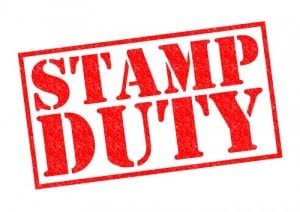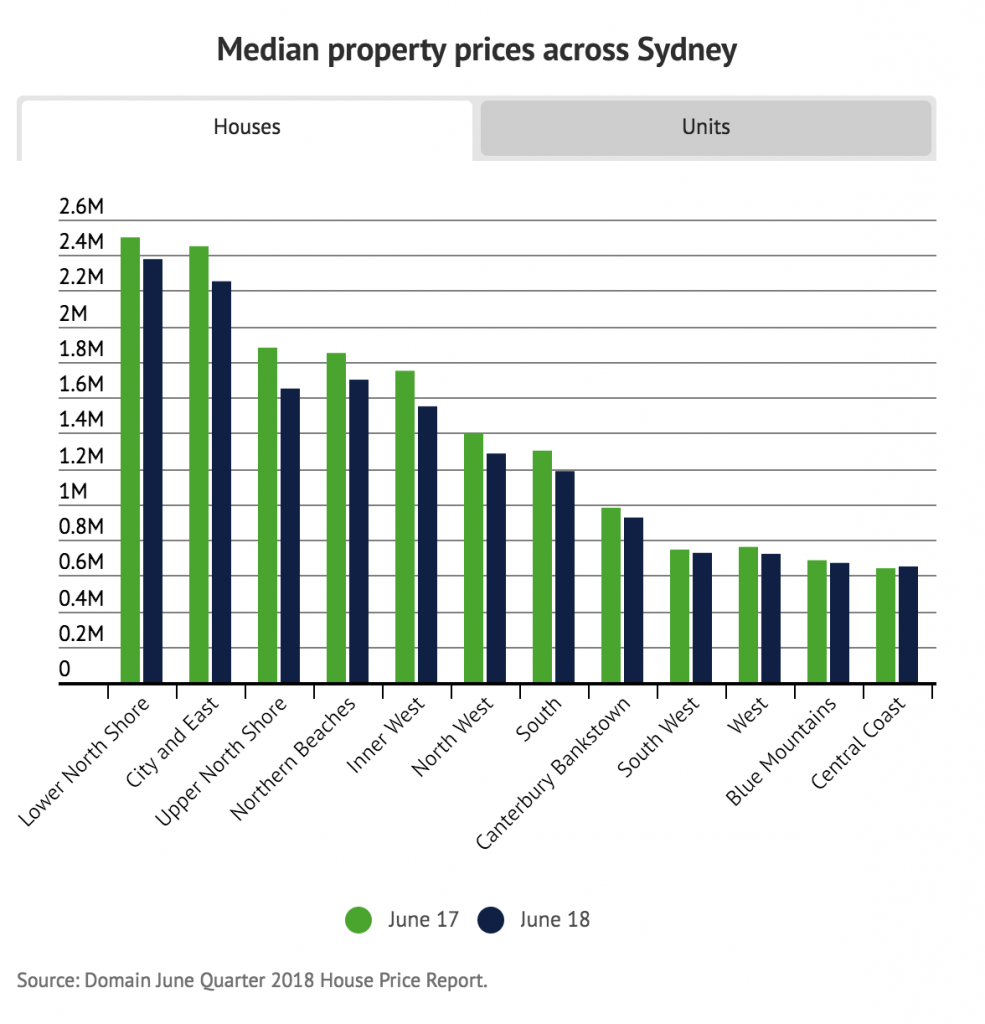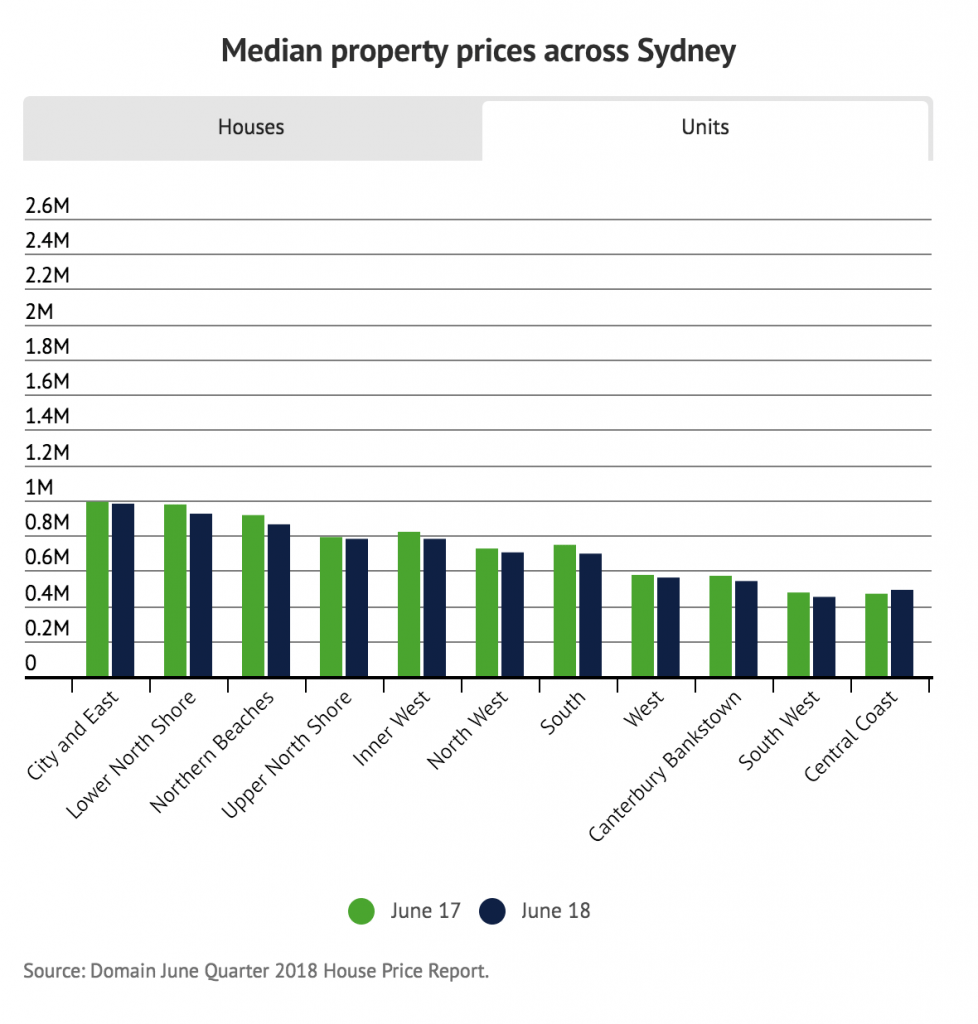Gazumping will occur when an agent or seller accepts an offer you make to buy a property at an agreed price but then sells the property to someone else, usually for a higher price. As the agent is legally obliged to pass on to the vendor any further offers received for the property up until the exchange of contracts, gazumping can occur.
In NSW, a property sale is binding for the seller and buyer when contracts are exchanged between the two parties. The exchange occurs when the seller signs their copy of the sale contract; the buyer signs their copy, and the two parties exchange their signed contracts. The 10% (of purchase price) deposit is also paid at this time. 
Unfortunately, if you are gazumped, the agent nor the seller is obliged to compensate you for any money you may have spent on legal advice, inspection reports, finance application costs or inquiries. Only your expression of interest payment must be refunded to you in full.
You can protect yourself
- Have your finance ready so you can pay the 10% (of the purchase price) deposit
- Have the contract of sale reviewed as quickly as possible by a professional
- Present your offer in writing and ask to see confirmation of other offers (although the agent does not have to oblige)
- Aim to exchange contracts as soon as possible and offer to waive the cooling off period, gain professional advice about this process first.
- Consider that you may have to offer more on a property under high demand
- Be aware that it is ultimately the vendors choice of who they sell to and it may not always be the hight price
Note: Gazumping cannot occur after a finalised auction
Always make sure you have your contracts reviewed by a professional – contact Select Conveyancing Lane Cove.
Reference: NSW Fair Trading






